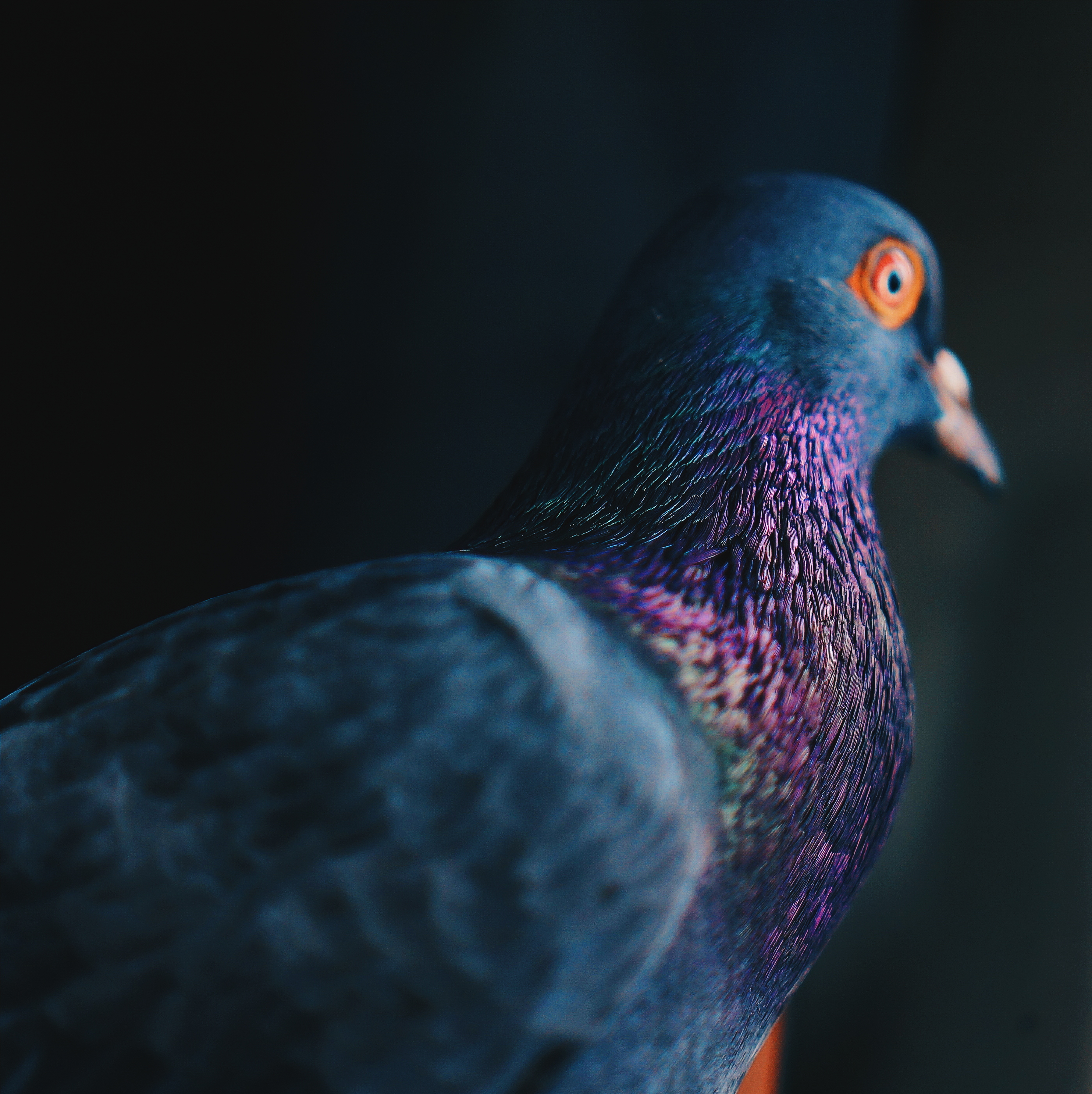Hola Readers! Finally Tekh Decoded is back with its Monthly Wallpaper series and here are the top 5 wallpapers which seemed to me so damn attractive to us. We hope you will like it! Though we took this wallpapers from an android app called “Backdrops” do shutout to them for helping us complete our collection! 😀 Introducing Top 5 Most Attractive Wallpapers from Tekh Decoded team! 😀
5. To The Sky

The Reason this wallpaper comes into our top 5 suggestion is because the amount of awesomeness it has in it which can’t really be defined. Two skyscrapers facing towards the sky and its textures and crisps just makes it mind blowing!
4. Soccer Shade

This particular Attractive wallpaper has been my favourite for nearby 2months which was eventually replaced by the 1st Ranked Wallpaper. This unique concept of clicking a Soccer Ground just makes your Phone/Desktop’s screen amazing from every angles. We would really like to recommend you this particular wall! 😀
3. In Between the Two!

Well the image says it all. The beauty and its amazing concept of clicking the picture just leaves me speechless.This can look the most awesome on Amy setup, desktop, laptop, phone of whatever. The looks and crisp quality is amazing! Such an Attractive Wallpaper!
2. Unique Railway
If I would ever have the chance to visit such a railway, I would have said my life is complete! Just look at it, its so beautiful and innovative. The Person behind the image is so creative and special thanks to him for making us realise how cool a Simple railway can look if we can get the perfect shot. We ranked it 2nd as it can’t really get over our brains! Woah *_*
1. And Finally, The Organic Fades!

Hah! For me, this is the best wallpaper yet! The Organic Fades is all about a Pigeon with its outstanding natural color which is clicked in such an angle and way that can make one of the best photographers even curious on how was it clicked. I really loved it and have been using it since 3months now! A MUST DOWNLOAD AND USE wallpaper for all from Tekh Decoded Team!
So we are done with our this month’s series and see you next month with another new collection! Till then, right click on the images and view them to download and comment down below your thoughts on this! 🙂




